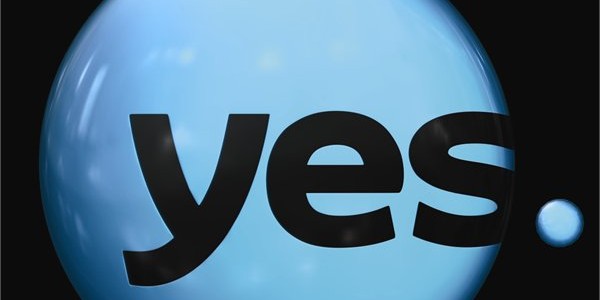
The past decade has seen content service providers scrambling for new ways to engage their consumers. As features such as traditional program guides, online portals and basic TV apps began to lose their luster, on-demand programming stole the spotlight. Why? Research and implementation has demonstrated that yesterday’s hot features could no longer adequately display or offer the content customers sought at the moment they wanted it. A growing array of options for content consumption fueled changes in consumer demand. The main screen became whichever screen the viewer happened to have on hand at the time. Companion devices offered viewers a secondary screen, introducing additional enrichment to the content experience.
Read More







